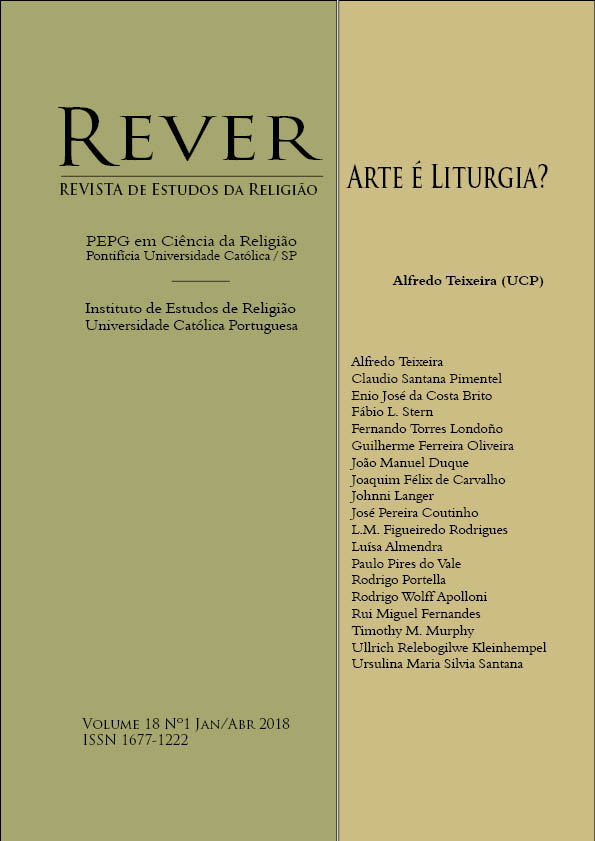A Suprema Cumeeira: considerações de Sūnlùtáng sobre o Tàijíquán (Tai-Chi-Chuan)
DOI:
https://doi.org/10.23925/1677-1222.2018vol18i1a11Palavras-chave:
Tàijíquán. Arte marcial chinesa. Cosmogonia chinesa. Religiões chinesas. Sūnlùtáng.Resumo
Movimentos lentos, harmoniosos e de caráter meditativo e “energético”, somados a uma perspectiva de utilização pautada no combate de mãos livres e com armas tradicionais, tornam o Tàijíquán uma prática corporal oriental sui generis. Nascido na China no início do século XIX e consolidado nas primeiras décadas do século XX, o Tàijíquán materializou, de forma original, uma junção de elementos marciais, corporais, cosmogônicos, religiosos e históricos chineses no período final da Dinastia Qing (1644 – 1912). Neste artigo, investigamos um elemento básico, fundamental, do campo de interesse do Tàijíquán: a denominação da arte marcial. Para isso, tomamos por base seus elementos geradores cosmológicos e marciais. Ancoramos a pesquisa em fontes do campo de Estudos Chineses, documentos históricos associados ao tema e em um texto publicado por Sūnlùtáng, fundador da “quinta escola clássica” do Tàijíquán e figura icônica do cenário marcial chinês.Downloads
Publicado
2018-05-17
Como Citar
Apolloni, R. W. (2018). A Suprema Cumeeira: considerações de Sūnlùtáng sobre o Tàijíquán (Tai-Chi-Chuan). REVER: Revista De Estudos Da Religião, 18(1), 209–236. https://doi.org/10.23925/1677-1222.2018vol18i1a11
Edição
Seção
Intercâmbio
Licença
Autores que publicam nesta revista concordam com os seguintes termos:
- Autores mantém os direitos autorais e concedem à revista o direito de primeira publicação, com o trabalho simultaneamente licenciado sob a Licença Attribution-NonCommercial 4.0 International, que permite o compartilhamento do trabalho com reconhecimento da autoria e publicação inicial nesta revista.
- Autores têm autorização para assumir contratos adicionais separadamente, para distribuição não exclusiva da versão do trabalho publicada nesta revista (ex.: publicar em repositório institucional ou como capítulo de livro), com reconhecimento de autoria e publicação inicial nesta revista.


